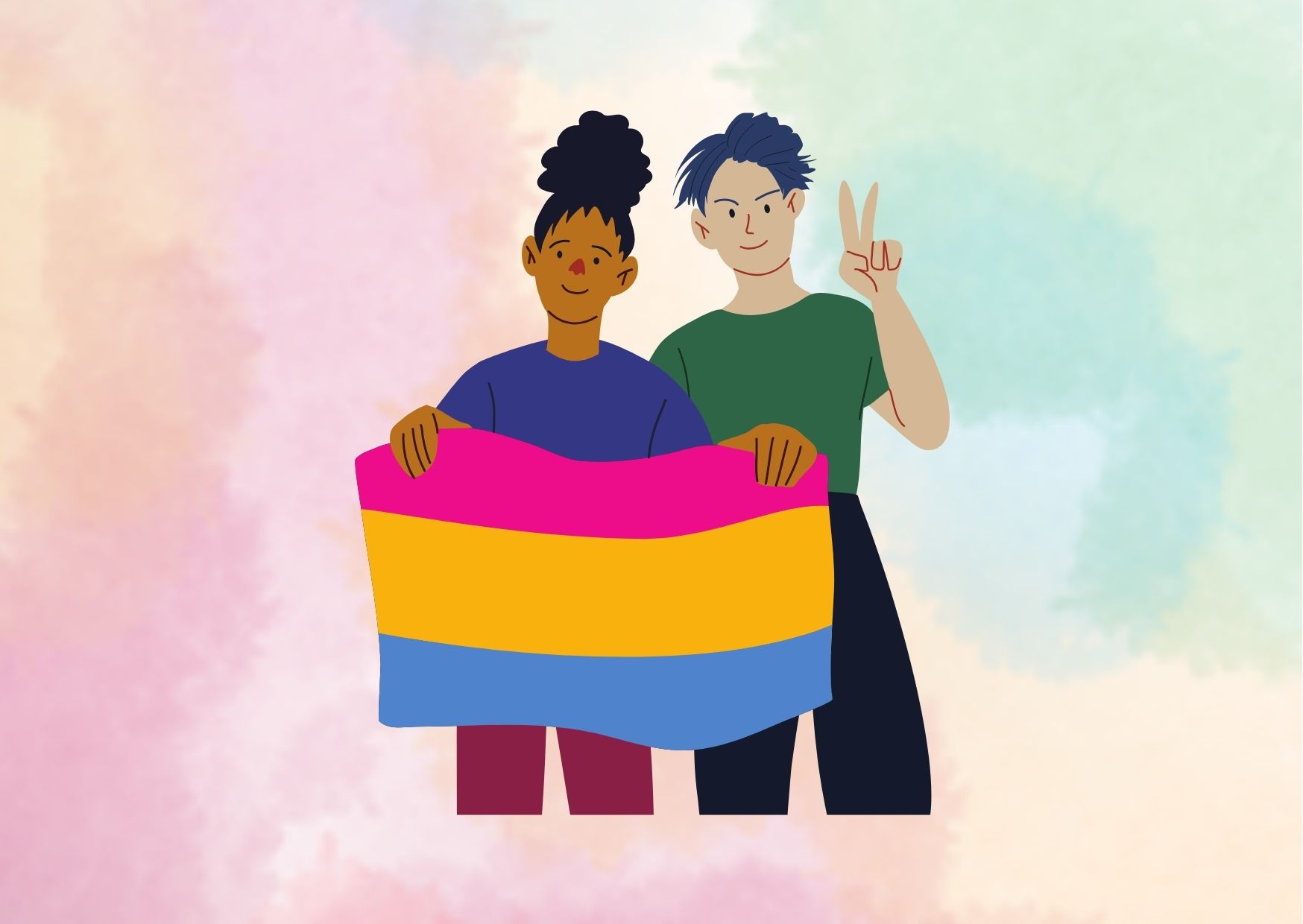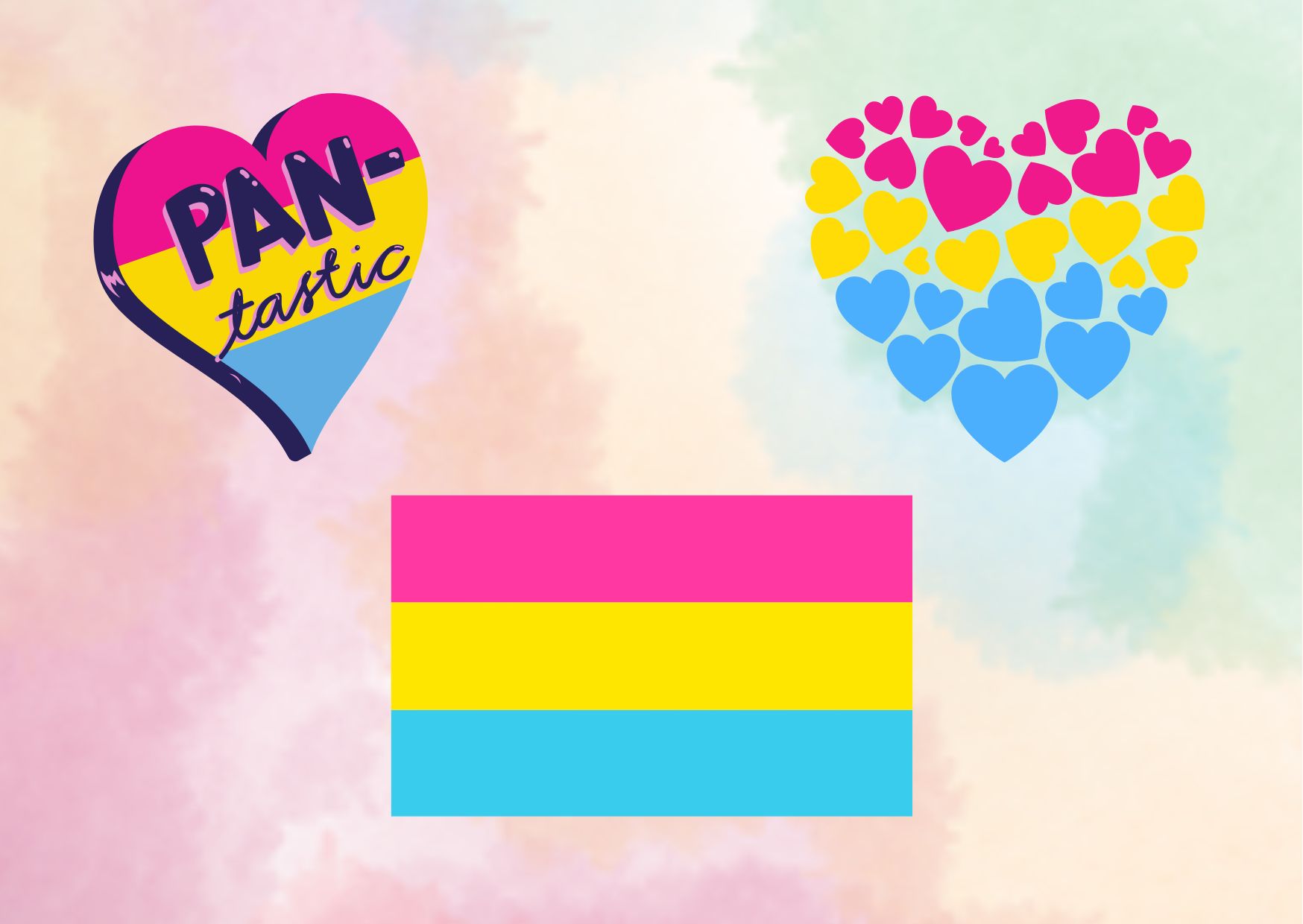6 Traits of Pansexual Relationships: Beyond Traditional Labels
In recent years, the understanding and acceptance of diverse sexual orientations have broadened the spectrum of identity beyond the traditional labels. Pansexuality, often misunderstood and sometimes controversial, represents a significant part of this evolving conversation. The meaning of pansexual goes beyond the binary notions of gender and attraction, encapsulating a fluid and inclusive perspective towards whom one can experience romantic or sexual attraction. Its importance cannot be understated as it challenges and expands the conventional frameworks of human sexuality, making it crucial to define pansexual accurately and explore what it means to embody this identity in a society that is still grappling with understanding the full spectrum of human diversity.
This article aims to shed light on what pansexuality is, debunk the common myths that surround it, and discuss its implications within relationships and society at large. The journey will navigate through the intricate distinctions between pansexual and bisexual, pansexual vs omnisexual, and other related orientations to clarify the pansexual meaning comprehensively. Furthermore, it will touch upon the significance of pansexual celebrities in the media and their role in bringing visibility to the community. Understanding what does pansexual mean is vital for fostering an inclusive environment where individuals feel seen and validated, regardless of whom they love. Through exploring these facets, readers will gain a deeper insight into pansexuality, equipping them with the knowledge to engage in informed discussions and support the acknowledgment and respect of all sexual identities.
Understanding Pansexuality
Pansexuality is a sexual orientation characterized by the potential for attraction to individuals regardless of their gender identity or biological sex. It is a concept that transcends the traditional gender binary and embraces a more fluid and inclusive perspective on human attraction and desire.
Definition and Origin
The term “pansexual” is derived from the Greek prefix “pan,” meaning “all” or “encompassing.” Pansexual individuals are often described as “gender-blind,” as their romantic or sexual attraction is not determined by a person’s gender identity or biological sex. They may experience emotional, romantic, or physical attraction towards people of any gender, including those who identify as male, female, non-binary, agender, or any other gender identity.
The origins of the term “pansexual” can be traced back to the early 1900s when psychologist Sigmund Freud used it in an article published in the Journal of Abnormal Psychology. However, the modern understanding and usage of the term have evolved significantly since then.
Differences from Bisexuality
While pansexuality and bisexuality share some similarities, there are distinct differences between the two orientations. Bisexuality generally refers to the attraction to individuals of the same gender and different genders, often within the context of the traditional gender binary (male and female). However, pansexuality encompasses attraction to individuals regardless of their gender identity or biological sex, including those who identify as non-binary, genderfluid, or any other gender expression.
- Attraction Scope: Pansexual individuals are attracted to people of all genders, while bisexual individuals are attracted to people of the same gender and different genders, often within the male-female binary.
- Gender Consideration: Pansexual attraction is not influenced by gender identity or biological sex, whereas bisexual attraction may involve a consideration of gender or sex as a factor in attraction.
- Inclusivity: Pansexuality is often considered more inclusive, as it explicitly acknowledges and embraces individuals who do not conform to the traditional gender binary or who identify outside of the male-female spectrum.
It is important to note that these distinctions are not universally accepted, and there is ongoing discourse within the LGBTQ+ community regarding the nuances and overlaps between these orientations. Ultimately, individuals have the right to self-identify and choose the label that best resonates with their personal experiences and identities.
Common Myths about Pansexuality
Despite growing awareness and acceptance, pansexuality remains shrouded in misconceptions that perpetuate harmful stereotypes and invalidate the experiences of those who identify as pansexual. It is crucial to address and debunk these myths to foster a more inclusive and understanding society.
Promiscuity Stereotype
One of the most pervasive myths surrounding pansexuality is the notion that pansexual individuals are inherently promiscuous and incapable of maintaining monogamous relationships. This stereotype propagates the misconception that sexual minorities are inherently promiscuous and incapable of monogamy, which is far from the truth. The notion that pansexuals will “sleep with anyone” is rooted in fear and misunderstanding. Just like their heterosexual counterparts, many pansexual individuals engage in and value committed monogamous relationships.
Monogamy Misconception
Closely related to the promiscuity stereotype is the myth that pansexuals cannot be happy with just one person. This falsehood stems from the erroneous belief that pansexual individuals are attracted to everyone and, therefore, cannot be satisfied with a single partner. However, this notion is baseless. Just because a person has the capacity to be attracted to anyone regardless of their gender identity does not mean that they are attracted to everyone or want to be with everyone. Pansexuals have the same propensity for monogamy or polyamory as anyone else.

